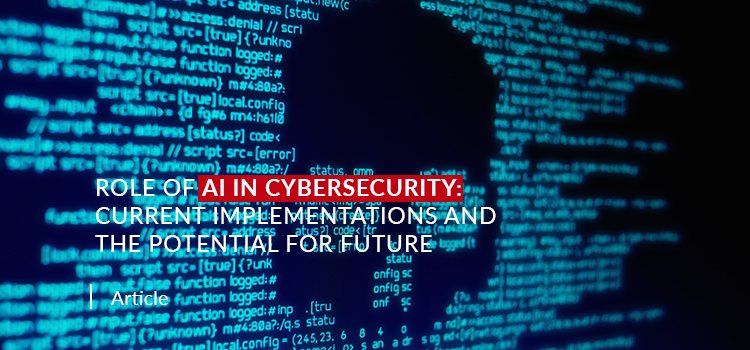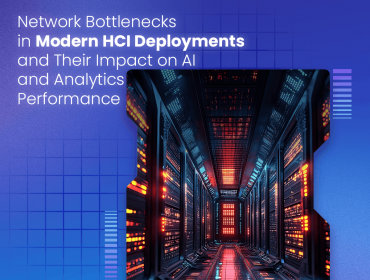As Machine Learning (ML) systems become more and more complicated, AI in cyber protection is a major topic in the infosec globe. For almost every domain implementation you can think, AI in cybersecurity is implemented or regarded. If it can be done by a group of beings, then AI can do it — perhaps with some natural assistance. It’s a great and enjoyable moment for cybersecurity lovers, and on a helpful platform including Antivirus Rankings, you can remain up-to-date with all the recent issues.
Where AI should be implemented to cyber safety?
In cyber safety alternatives, AI is moreover already implemented to some of the previous areas or is strongly regarded for them:
- Spam filter applications: Gmail employs AI to identify and prevent spam and false messages that are rejected. Gmail’s AI has been taught by billions of existing Gmail subscribers–every time you tap on an address with “Spam” or “Not Spam,” you’re simply assisting teach the AI to acknowledge spam in the past. Therefore, the AI has evolved so much; it can identify even the sneakiest of spam emails that attempt to go unnoticed as “periodic” messages.
- Fraud detection: MasterCard introduced Decision Smartness, an AI-based theft detection using predictable client behaviour-based algorithms. It evaluates the typical expenditure practices of the customer, the seller, the buy place, and a range of other advanced algorithms to evaluate whether a buy is out of the norm.
- Botnet Detection: Botnet identification is typically an incredibly complex field that depends on identifying trends and durations in network demands. Although botnets are typically regulated by an order master code, a large-scale botnet assault will typically require many “customers” on a page performing the same or comparable applications. This could include unsuccessful logins (a brute-force botnet assault), network vulnerability checking, and other uses. The extraordinarily complicated function that AI performs in botnet identification in just a few phrases is quite hard to summarize, but here is an outstanding research paper on the subject.
- Cyber Raids (Defense against Cybercriminals) and Mistakes / Faults in Software
The software that enables the PCs and smart devices which are susceptible to code mistake, as well as limitations that natural hackers can overcome. Potential consequences vary from an individual’s security to the stage of a country or area on a large scale. Dr. Roman V. Yampolskiy, Affiliate Professor at the University of Louisville’s Speed School of Engineering and Creator and Director of the Cyber Security Laboratory, is worried not only with natural hackers but with how AI itself can transform against our devices.
- Security & Crime Prevention
The Comp Stat (Computer Statistics) of the New York Police Department can be called an earlier type of “virtual intellect.” It was first introduced in 1995 and is a systemic method that involves philosophy and leadership of organizations, but relies on the fundamental software instruments. Essentially, it was the first instrument used for “predictive enforcement,” and has since distributed throughout the nation to many police departments.
Since those “groundbreaking” moments, predictive insights and other AI-powered crime assessment instruments have produced important progress.
- Privacy Protection
Throughout its developer event in June, Apple produced an unprecedented announcement in its search of differential privacy techniques to continue ensuring customer privacy (an Apple characteristic), but also about an eye on the importance of using the information to provide a tailored user experience. Variable privacy has been penned about for a few years; however, with mixed feedback on its scalability, it is a comparatively new approach.
The latest research by the National Academies (2015) concluded that there are (so far) no technological solutions to human metadata compilation and evaluation of abundance. Variable privacy provides a manner to keep private information on a network thus supplying the safe subpopulation with focused “provable assurances” or using algorithms to explore the selected population.
These are just a few of the areas that have been introduced to cybersecurity. There are already many study articles showing powerful proof in favour of the cybersecurity efficacy of AI. In most study articles, the achievement level in identifying computer assaults ranges from 85% to 99%.
Thus Al is very helpful and has given great results in the field of privacy protection, security, raids etc.











